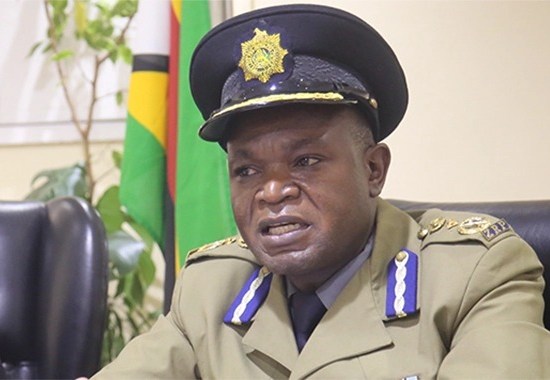
Maphisa-For years, key roads in Matabeleland South have been neglected, a glaring reminder of Zimbabwe’s inability to prioritise infrastructure in rural areas. Roads that are vital to trade and economic development have fallen into disrepair, leaving communities isolated and economies stifled.
However, recent government moves to rehabilitate the 65-kilometre Gwanda-Maphisa and Bulawayo-Matopos roads are beginning to show promise.
The Gwanda-Maphisa road, in particular, is a critical lifeline, linking communities and businesses in Zimbabwe’s western regions with broader national and regional markets. As the project is expected to be completed by March 2026, just in time for the country’s Independence Day celebrations, it is easy to applaud the efforts being made.

Deputy Minister of Transport and Infrastructure Development, Joshua Sacco, hailed the initiative, noting, “We’re working on the Gwanda-Maphisa Road with one contractor already on a 15km section. Ultimately, we want to connect all communities in Zimbabwe.”
The government’s rhetoric is commendable—“connect all communities in Zimbabwe”—but the reality is that for years, millions of Zimbabweans, particularly in rural areas, have been cut off from basic services and economic opportunities due to poorly maintained infrastructure. The government’s response, though positive, often seems to follow a “better late than never” approach.
While the efforts to resurface 15 kilometres and construct an additional 10-kilometre stretch are underway, one must question why these roads were allowed to deteriorate to this point in the first place. These projects, now dubbed as “legacy projects” by the authorities, are a direct response to the upcoming national celebrations, which is something that needs to be moved away from.
Once completed, the Gwanda-Maphisa road will indeed be a significant improvement, reducing travel time for motorists between Botswana, Plumtree, and Matobo. However, the question remains: why does infrastructure development only happen when there’s a spotlight, like national events, to prompt action? Deputy Minister Sacco himself noted that the project aims to “link Gwanda to Maphisa and continue right through to Mphoengs,” addressing a long-standing gap in the region’s road network. Yet, what about other communities? There are countless other vital roads across Zimbabwe, often in remote rural areas, that still remain neglected.

The government’s commitment to improving infrastructure is undeniable. The Gwanda-Maphisa project is only a small piece of the puzzle, and while it is a good start, it is far from sufficient to address Zimbabwe’s widespread infrastructural deficiencies.
Engineer Joy Makumbe, the Permanent Secretary in the Ministry of Transport, stated that the government has set an ambitious target for the completion of the Bulawayo-Matopos road. With multiple contractors now on-site, there is optimism that the project will meet its April 2026 deadline. The government’s track record with infrastructure development, however, casts a shadow over these claims. In an ideal world, Zimbabwe’s rural infrastructure wouldn’t be dependent on arbitrary milestones like the hosting of national celebrations to spur action. Communities deserve consistent, long-term investment in basic services—roads, water, healthcare—not sporadic bursts of attention.
“Improved roads mean more business, easier access to markets, and faster development,” Sacco asserts. These are benefits that would significantly impact the daily lives of Zimbabweans—if they were distributed more equitably across the country, rather than reserved for areas that have become politically convenient.
The ongoing works on roads such as Gwanda-Maphisa and Matopos reflect a critical need for strategic, long-term planning.

The “Second Republic” is delivering change, but the government must be more consistent in its efforts, applying the same level of urgency and resources across all parts of the country. This infrastructure revival is a welcome start, but it must not be seen as the finish line. There are countless more areas in desperate need of similar attention.
In the face of deteriorating roads, an increasing urban-rural divide, and widespread poverty, the government must expand its vision beyond isolated projects tied to political events. This “Better Late Than Never” approach is not enough for a nation that aspires to be connected and prosperous. Zimbabwe deserves a road network that serves all its people, not just those who live in the areas where national celebrations are held.








